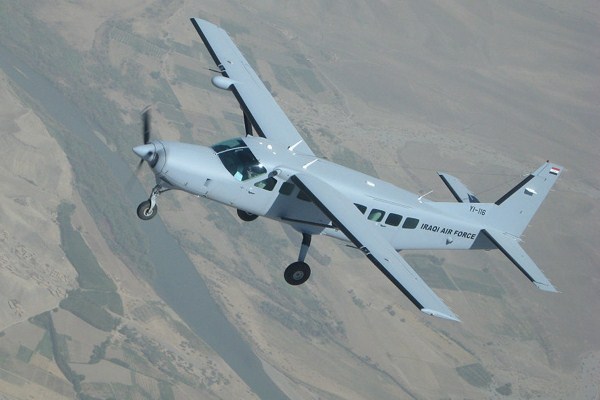Earlier today, fighters from the so-called Islamic State (IS) shot down an Iraqi military helicopter. In an email interview, Rick Brennan, a senior political scientist at the RAND Corporation and former senior adviser to the U.S. military in Iraq from 2006-2011 who led a RAND study entitled “Ending the U.S. War in Iraq: The Final Transition, Operational Maneuver and Disestablishment of United Sates Forces —Iraq,” discussed the current air capabilities of the Iraqi military and its significance for both internal security and external defense.
WPR: What air assets does the Iraqi army currently have, and what purchases—on order and planned—are expected to expand its air capabilities in the near term?
Rick Brennan: The preponderance of the Iraqi military’s air capability resides in the helicopter fleet controlled by the Iraqi Army Air Corps. The current fleet consists of three (of six planned) Mi-35M Hind and three (of 30 planned) Mi-28 Havoc attack helicopters purchased from Russia. While Iraq planned to purchase 24 AH-64 Apache helicopters from the United States, Congress delayed the purchase because of fears they would be used to target civilians. The Army Air Corps’ operational fleet also includes: 30 Bell-417 armed scout helicopters, 10 Bell-206 light reconnaissance helicopters, 60 Mi-17 Hip medium utility helicopters and 15 UH-1 Iroquois helicopters configured for medevac missions.

